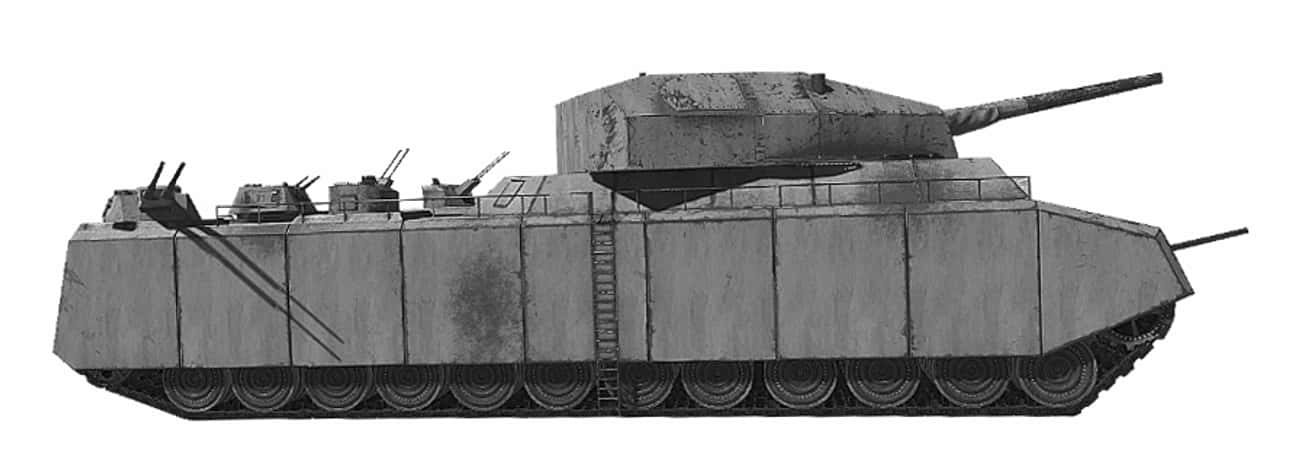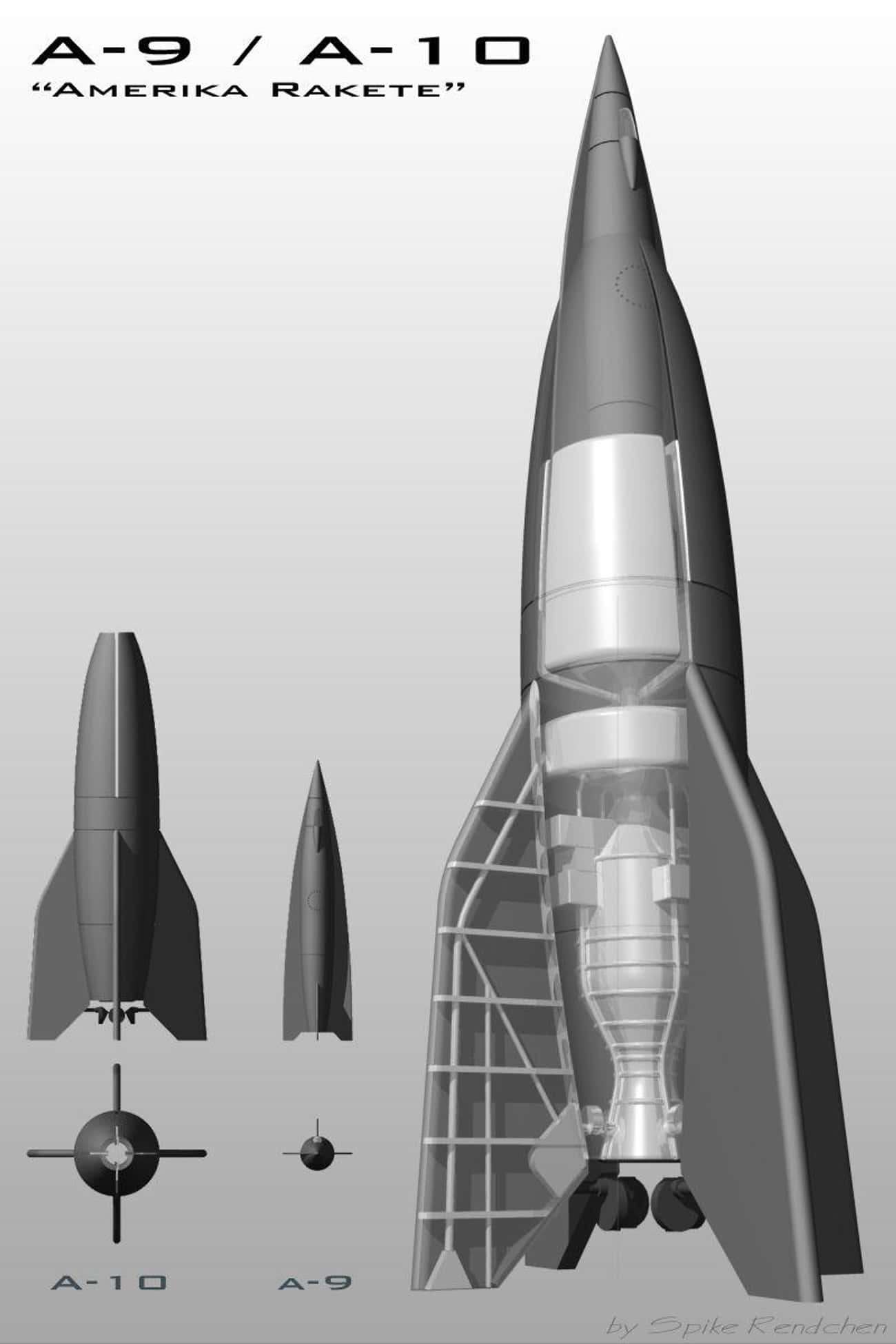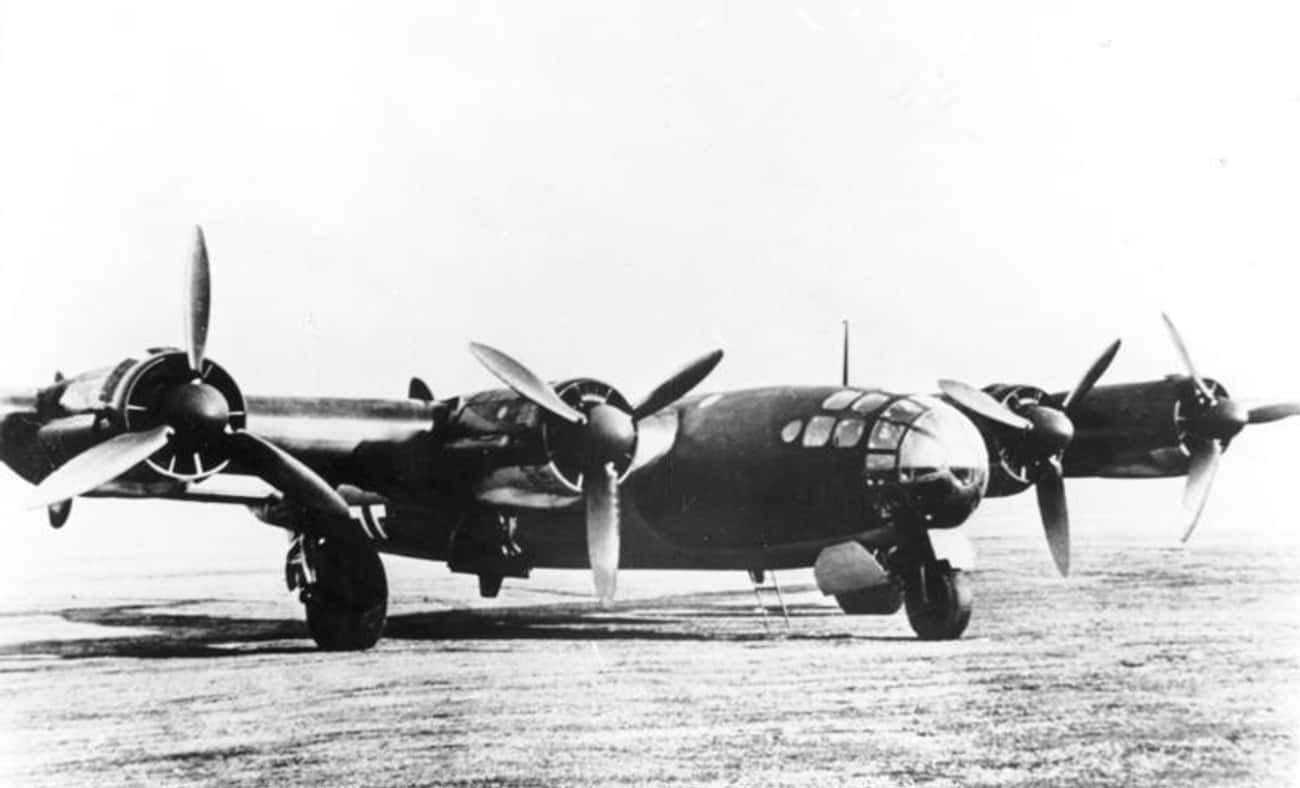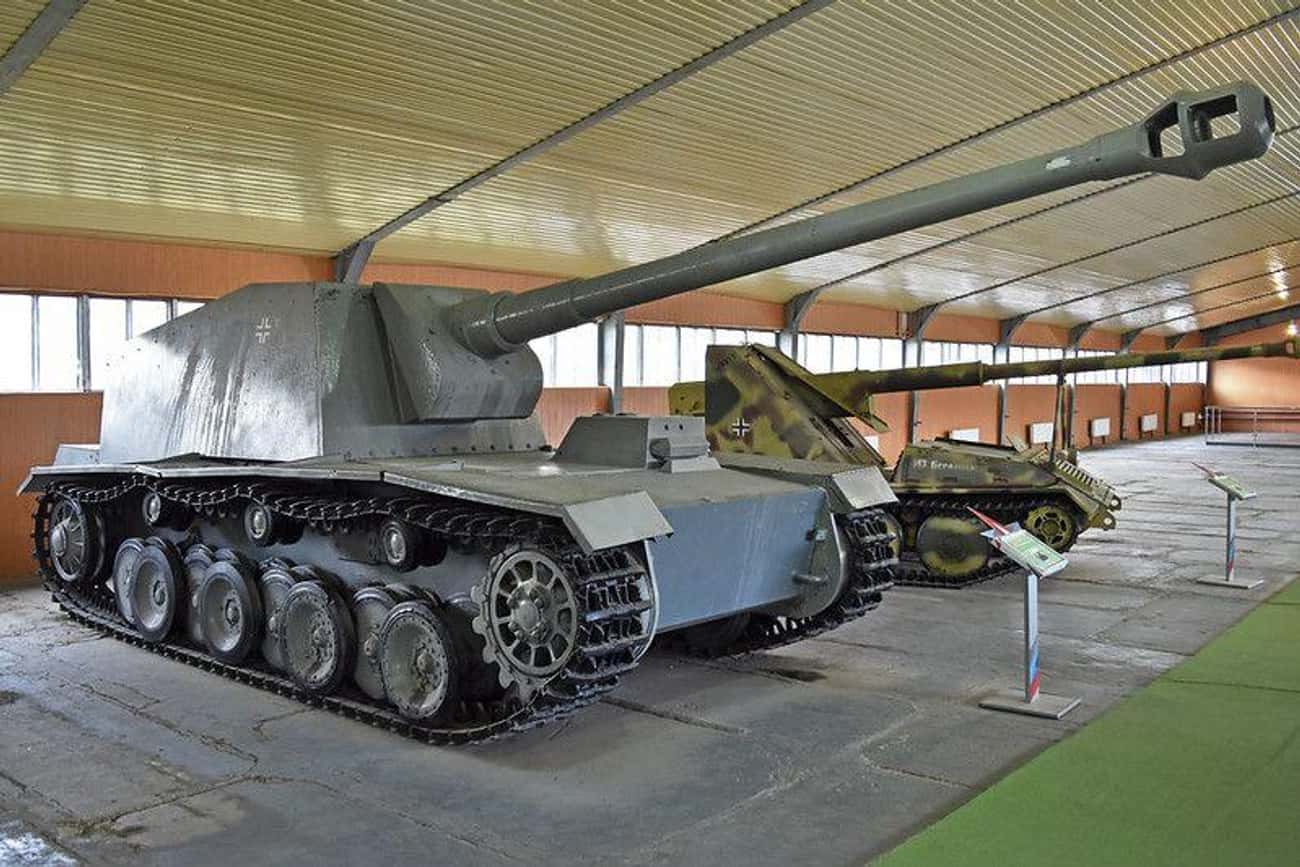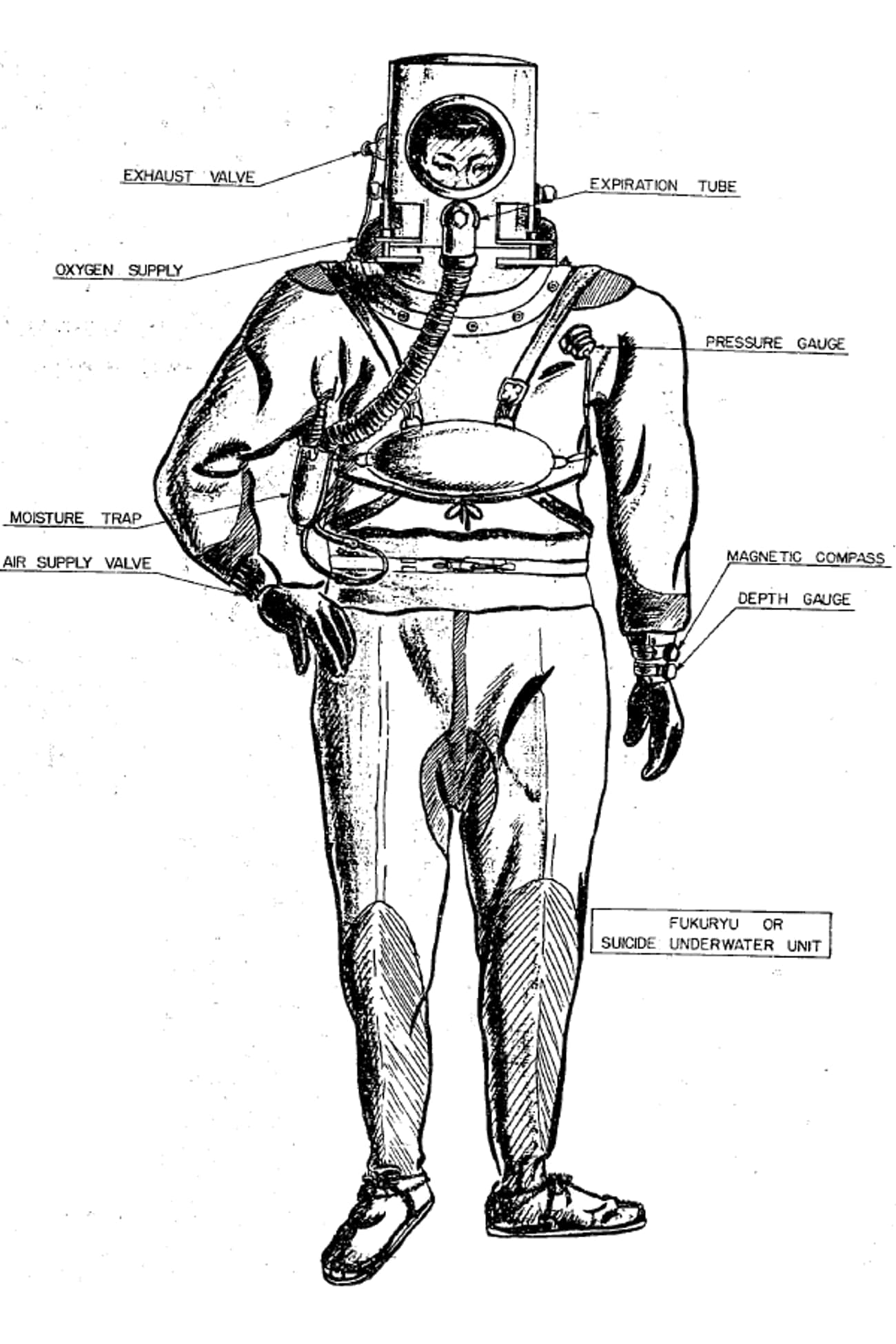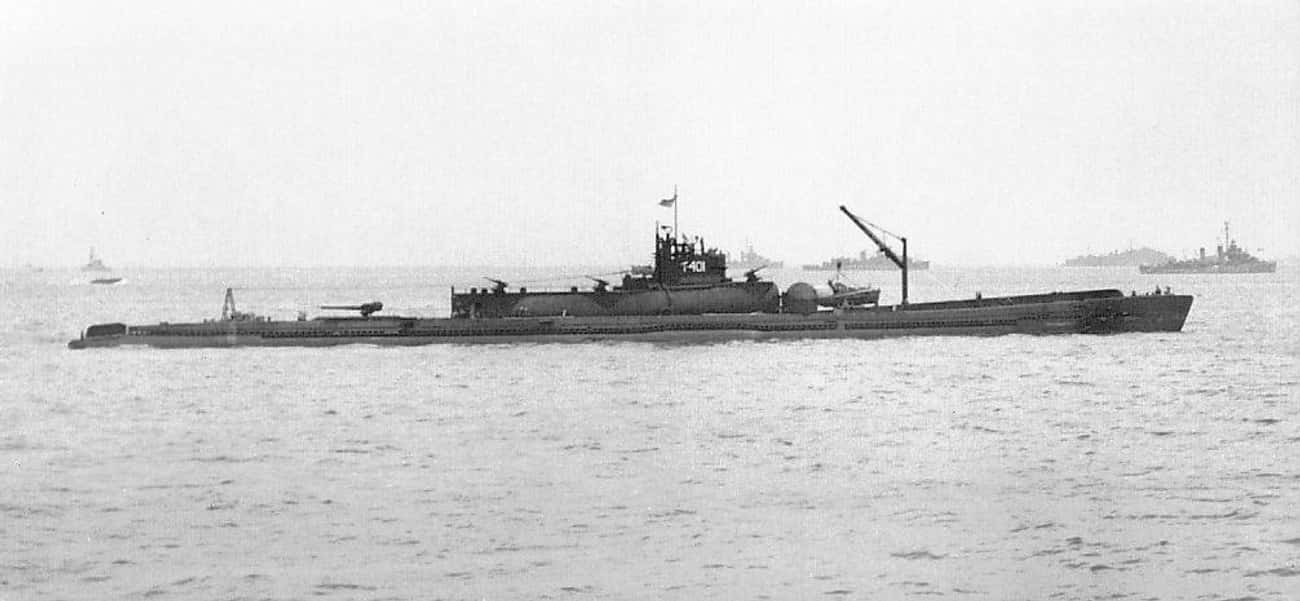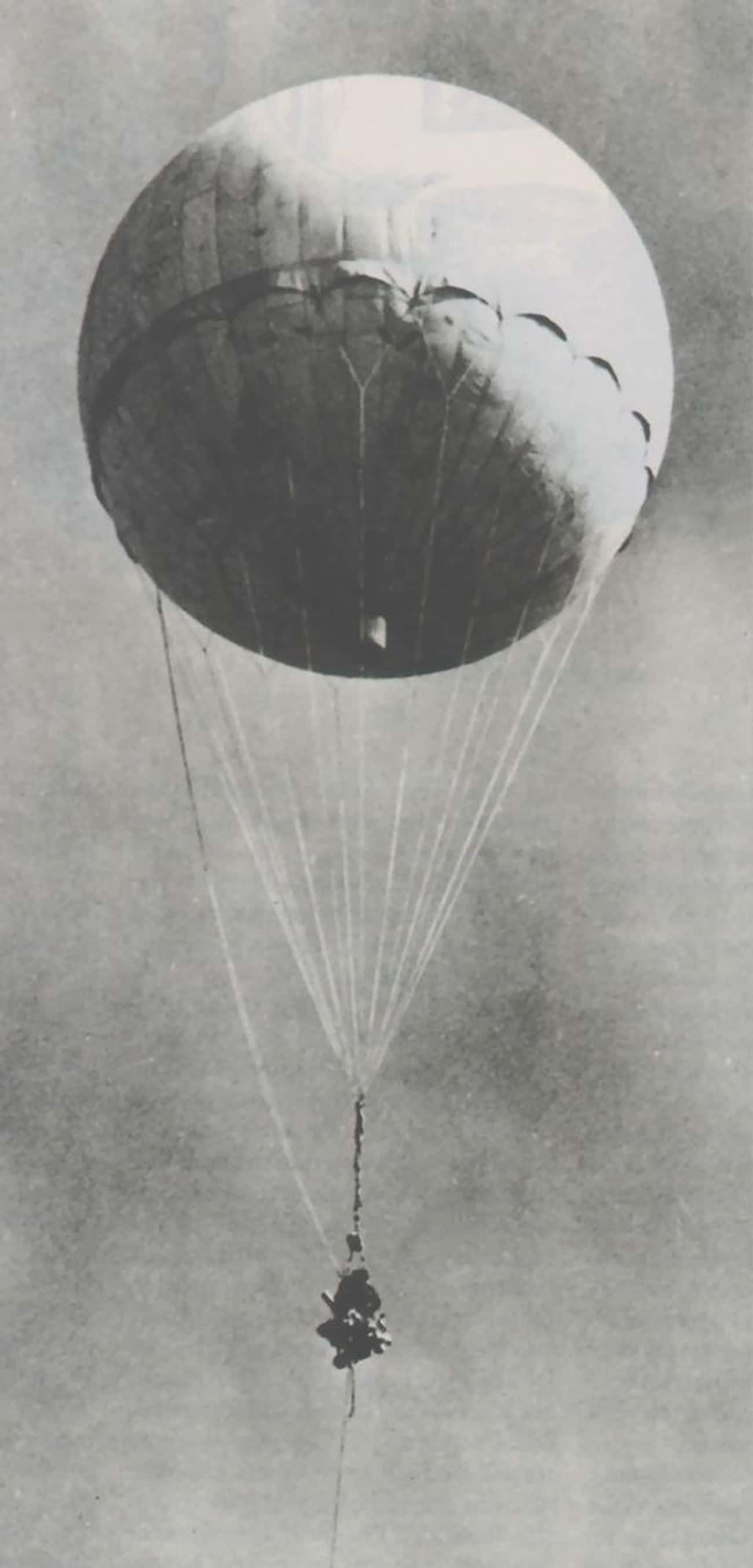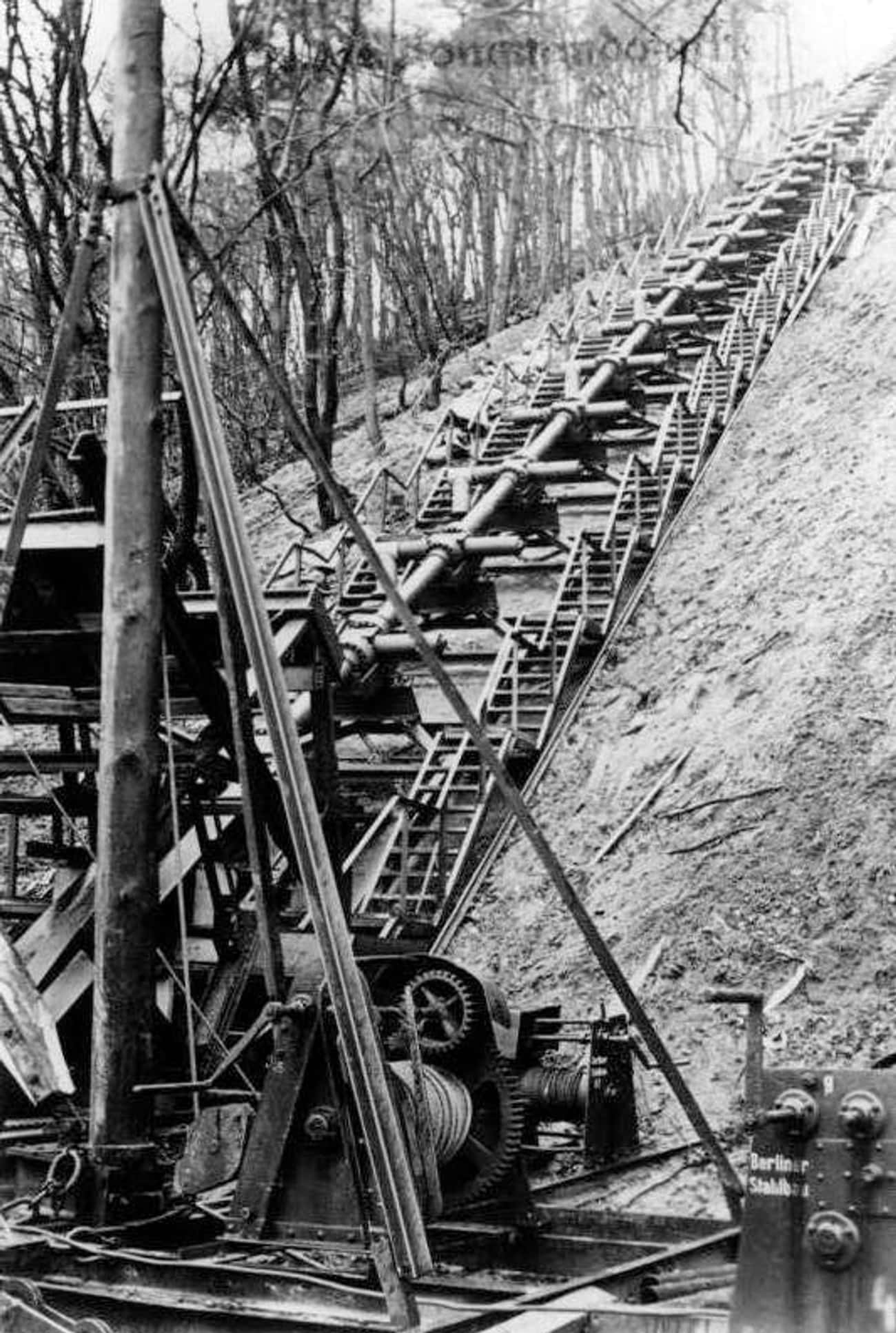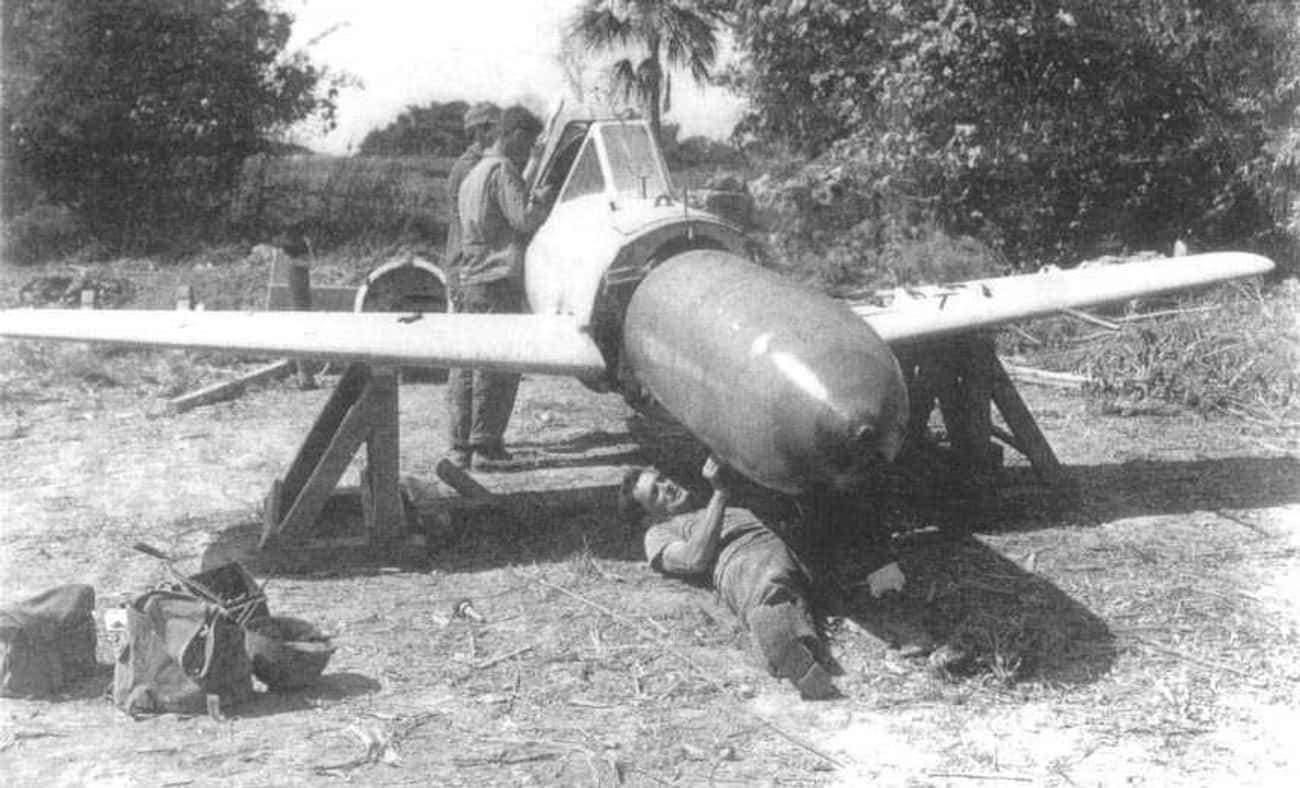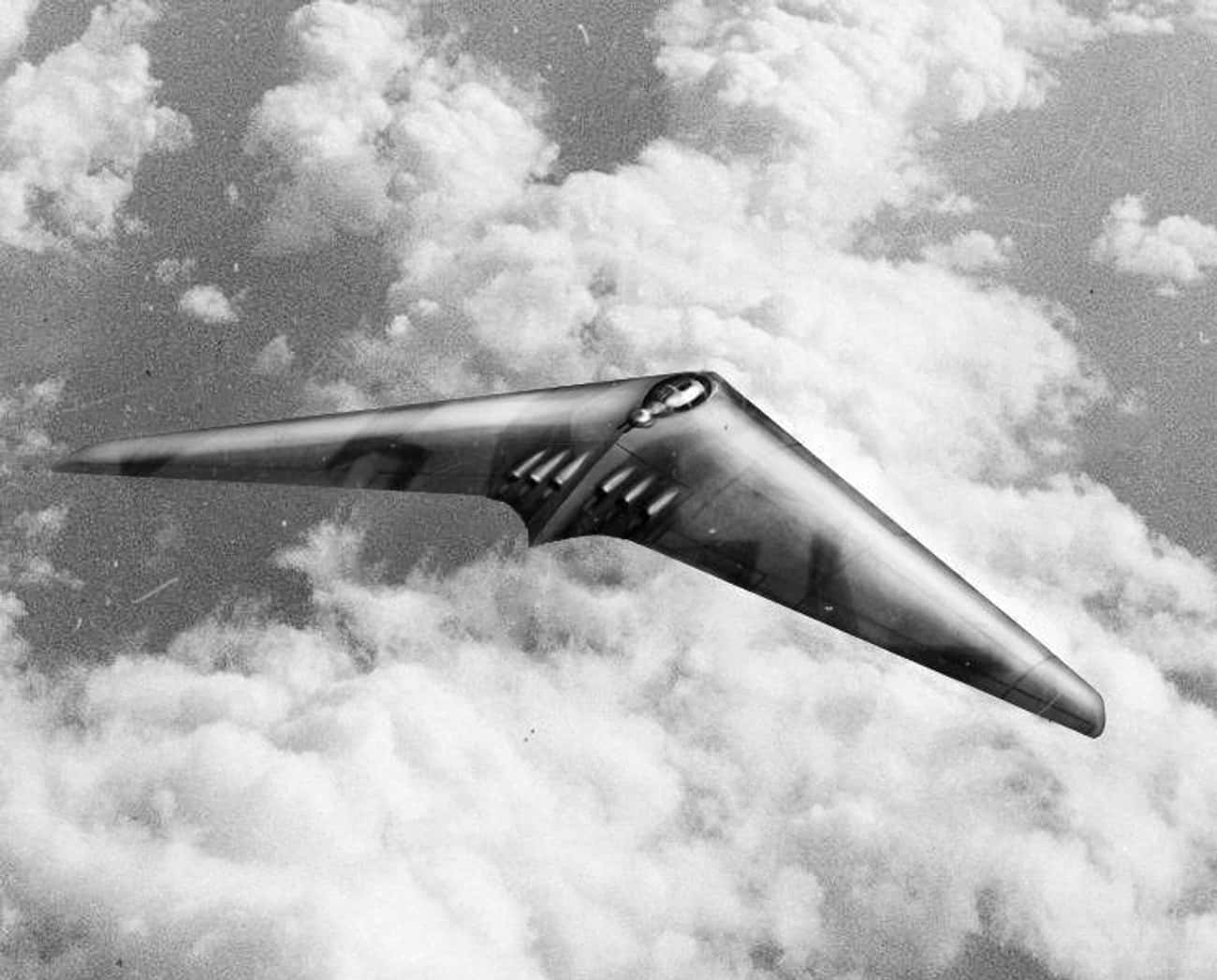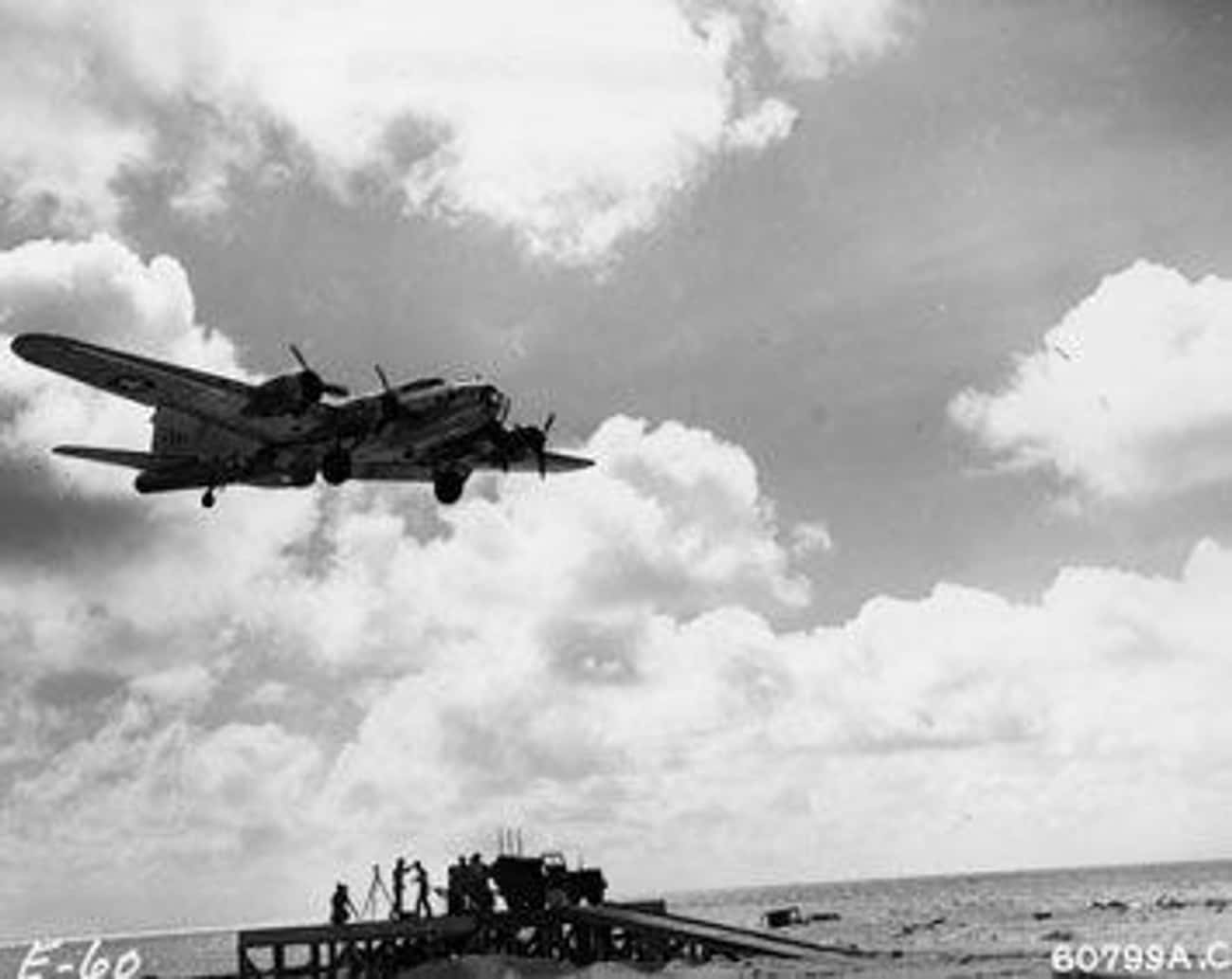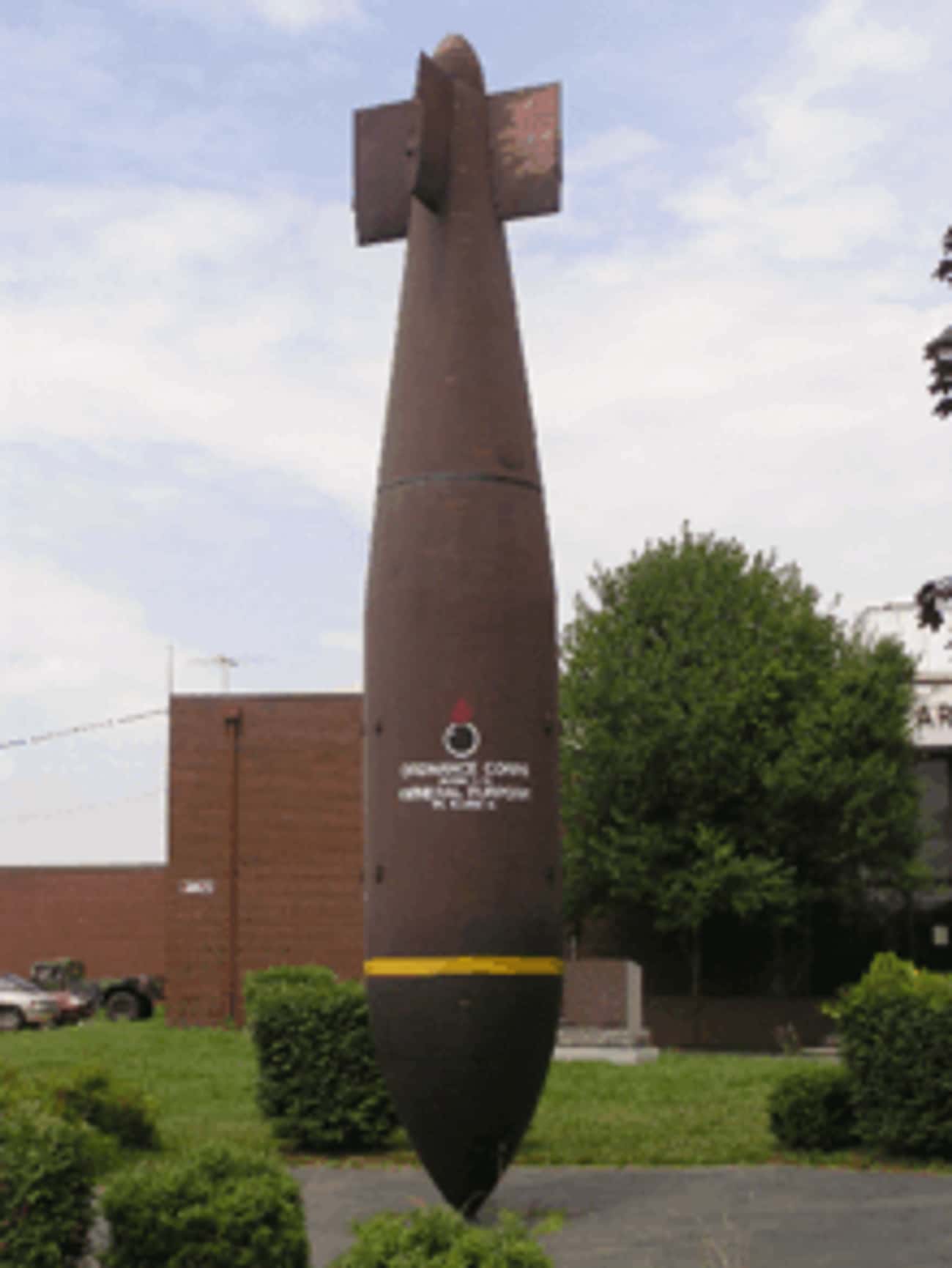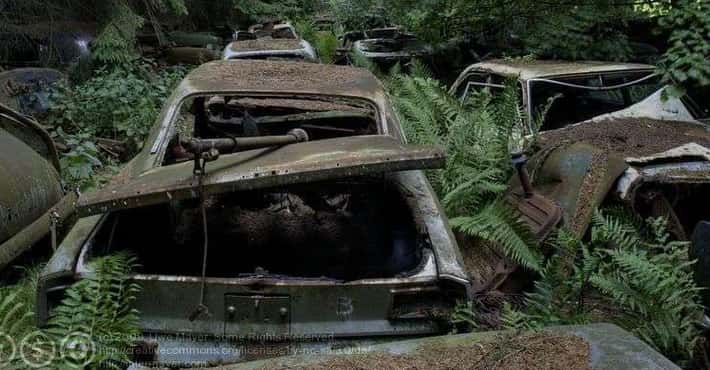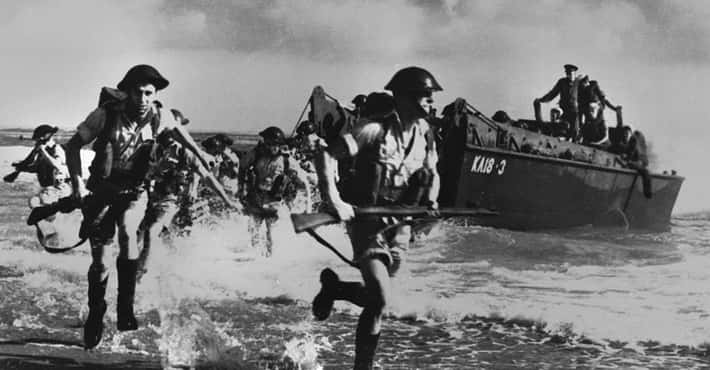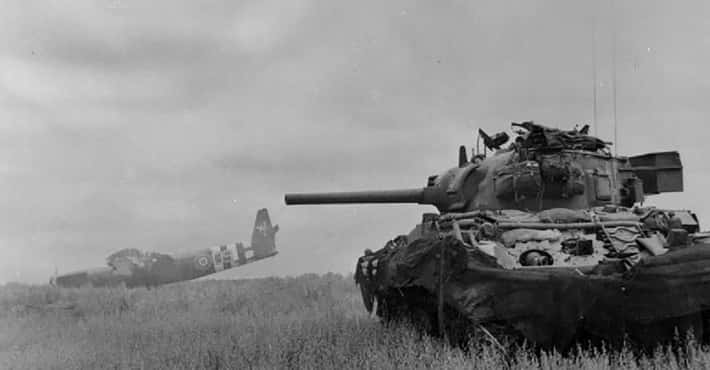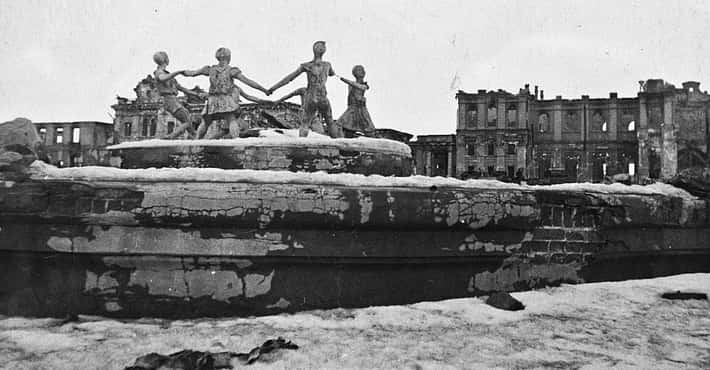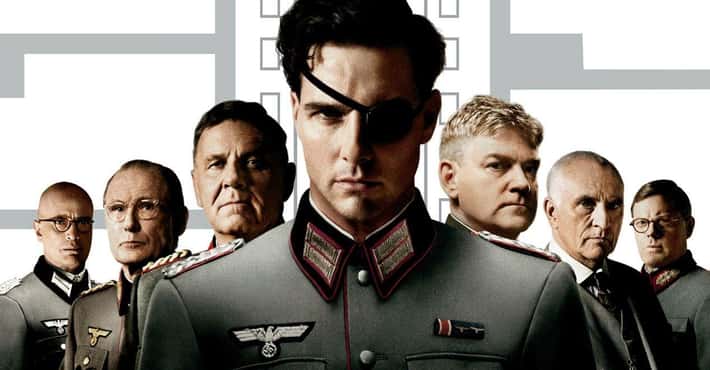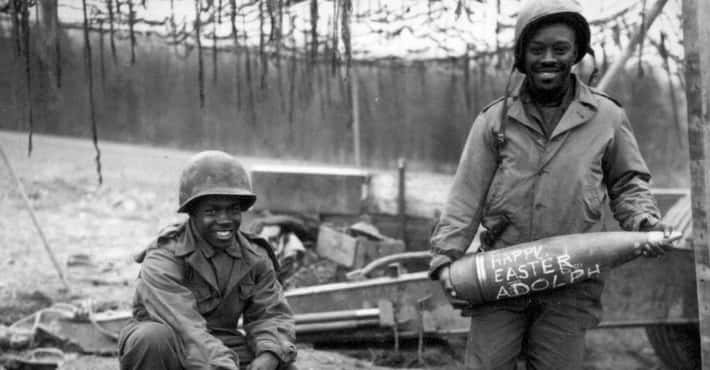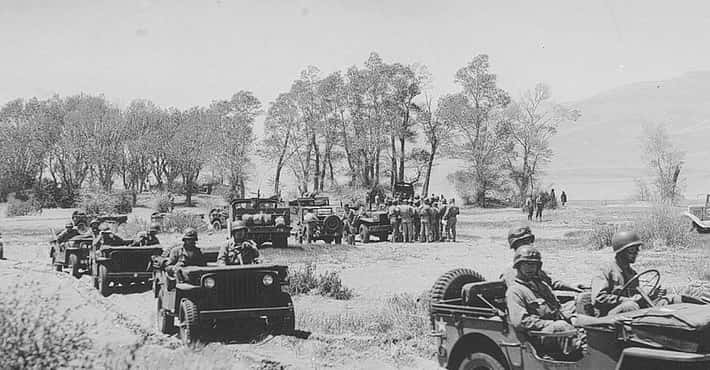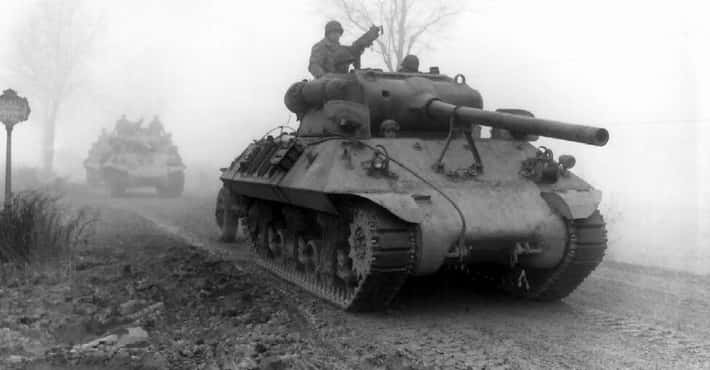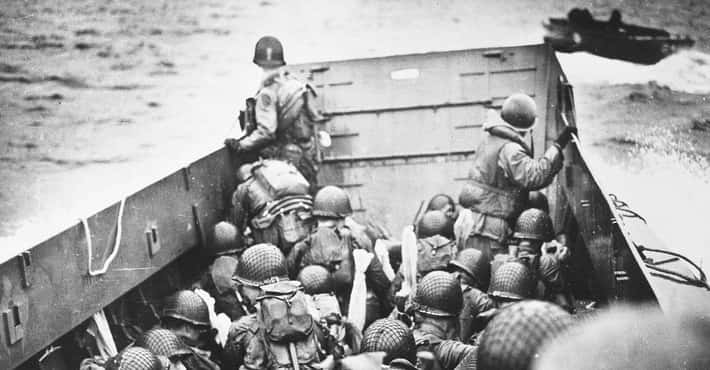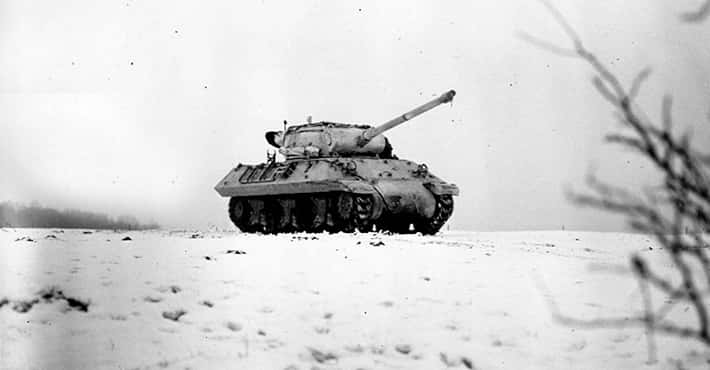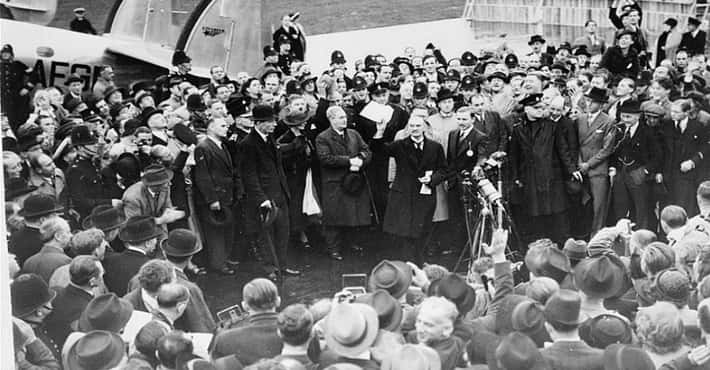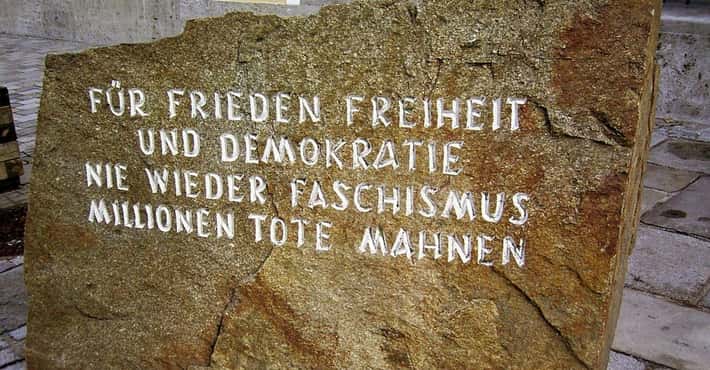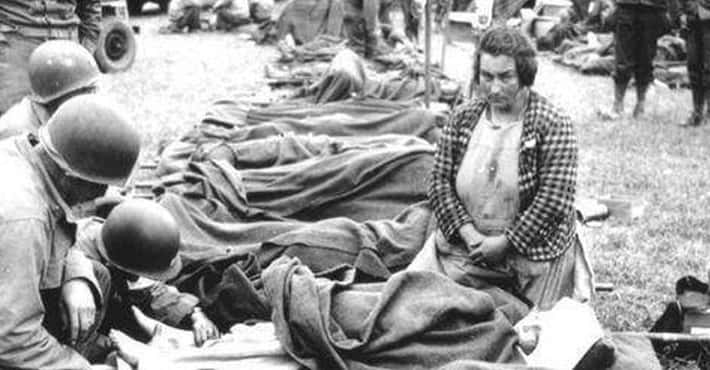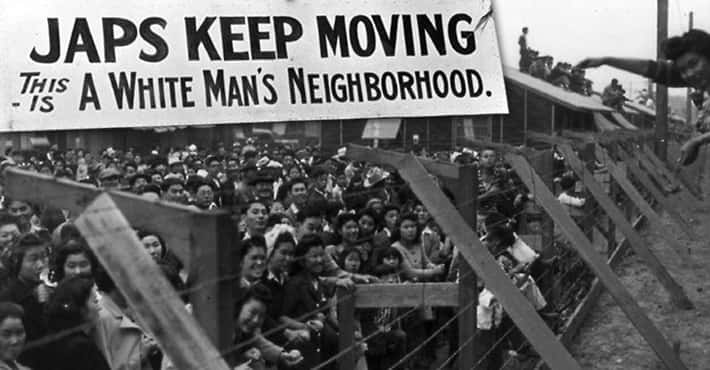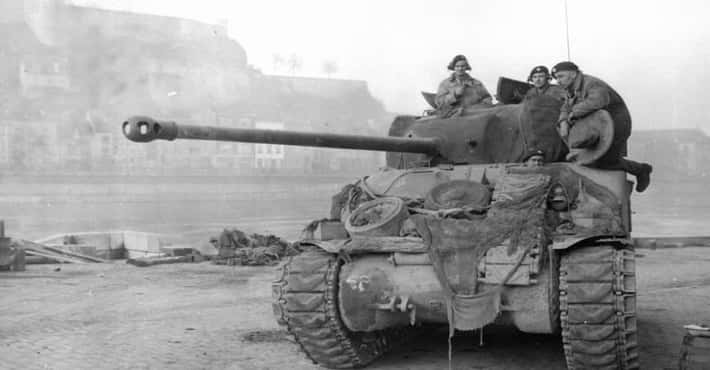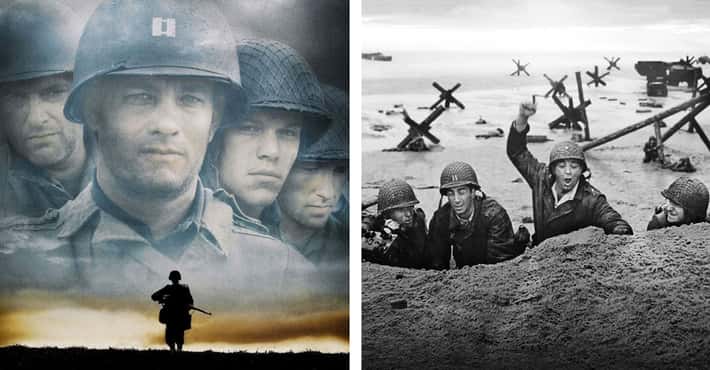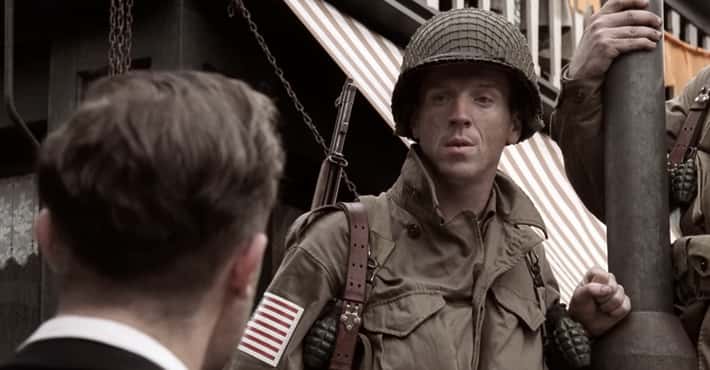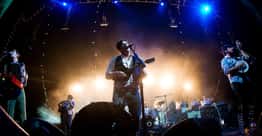Secret WW2 Weapons You've Never Heard About Until Now
Landkreuzer P1000 Ratte
Photo: Author / Wikimedia Commons / Public domainIf the Germans had finished building it, the 1,000-ton Ratte would have been the largest conventional tank ever built. The Nazis envisioned the Ratte as a kind of battleship for land, literally. Its massive 283 mm cannon was to be taken directly off the deck of a Scharnhorst-class battleship, and would have been capable of hammering hard targets up to 17 miles away.
With armor 14.2 inches thick in some places, the Ratte would have been almost invulnerable to all but the biggest bombs in the Allied arsenal.
A9 Amerikarakete
Photo: Spike78 / Wikimedia Commons / CC-BY-SA 4.0The A9 was a variation in the V2 rocket that never quite got off the ground. And good for us, too. As you might have guessed from the name, this two-stage rocket was intended to cover the distance between America and Europe, and deliver 1,000-pounds worth of payload as far west as central Pennsylvania.
Germany never could get the guidance systems to work quite right, so they opted to use U-Boats parked offshore to guide the missiles in on final approach. The missiles would likely have been in operation by 1946 had the war continued.
Me 264
Photo: Bundesarchiv, Bild 146-1989-039-16A / Wikimedia Commons / CC BY-SA 3.0 DEThe Me 264 (Messerschmidt's follow-up to the jet-powered Me 263) was the most favored of the designs submitted for Hitler's Amerikabomber program. A fairly conventional design not unlike our own B-29, this bomber could have carried a respectable 6,600 pounds on the 9,000 mile round-trip journey to America and back, or a massive 30,000 pounds 5,300 miles.
The latter might well have been disastrous for us had Germany captured landing and refueling fields in Greenland or Iceland. But by the time Germany worked the bugs out, they didn't have the time or materials to build it.
Sturer Emil
Photo: Alan Wilson / Flickr / CC-BY-SA 2.0You can think of the Sturer Emil as a kind of sniper rifle for tanks, and the one that did see action in Stalingrad had racked up at least 22 kills before it was captured. Essentially a 5-inch anti-aircraft gun mounted on a Henschel VK30.01 tank chassis, the Emil was a massively effective and fairly inexpensive weapon. Only material shortages and the end of the war kept Germany from putting it into mass production.Horten Ho 229
Photo: US Army official photographer / Wikimedia Commons / Public domainThe "Bat" looks a lot like a B-2 Spirit stealth bomber, and not without reason. The B-2 was a direct descendant of the Bat fighter, which was captured and studied by America at the end of the war. With a top speed of 600 miles an hour, two 30 mm cannons and a 1,100 bomb load, this futuristic fighter-bomber could have wreaked havoc on England had it been put into production.
Plus (as we've recently discovered), it truly was built for radar stealth. The all-wood and carbon-glue construction reduced radar detection by 37 percent; with this kind of stealth and speed, Hortens could have annihilated scores of British fighters before they ever made it off the runway.
Flying Tanks
Photo: Tempshill / Wikimedia Commons / Public domainBelieve it or not, almost every major player in the war experimented with attaching glider wings to tanks, and using bombers to tow them into battle zones. Many of these were test-flown successfully, but the tanks had to be dropped separately from their crews. That left both exposed for a long time on the battlefield. Ultimately, gliding tanks didn't pan out, but the research conducted on them led to the air-dropped tanks we use today.Fukiyuri Suicide Dive Suits
Photo: unknown United States Navy personnel / Wikimedia Commons / Public domainUsing suicide bombers is always a last ditch act of desperation, and Japan was certainly feeling that toward the end of the war. These dive suits were meant for attacks on ships in protected harbors, where kamikaze planes couldn't get close enough without getting shot down. The divers, weighted down with 100 pounds of lead or more, would be dropped off underwater up to six miles from the target ship.
They'd walk on the ocean floor all the way there, attach a magnetic "limpet" mine to the bottom of the target ship, and die when the explosive went off.
I-400 Aircraft Carrier Submarine
Photo: US Navy photograph / Wikimedia Commons / Public domainOf all the secrets revealed at war's end, very few came as a bigger shock to Allied forces than Japan's two fully operational, aircraft-carrying leviathans. Enormous for the time, the I-400 class submarine carried three Seiran light torpedo bombers, each capable of delivering 2,000 pounds of bombs more than 300 miles away from the submarine that launched them. The I-400s were built specifically for surprise attacks on American west coast cities, and could potentially have wreaked havoc as far inland as Las Vegas. The Panama Canal was another important target, a vital supply line for Pacific.
Technical issues, wartime shortages, and the death of Admiral Yamamoto kept Japan from employing them in large numbers, but the two that did exist were completely operational and prowling the Pacific. They were, in fact, en route to their first combat mission when the war ended. Los Angeles avoided bombs on Hollywood Boulevard by mere days -- and only because of one somewhat larger bomb on Hiroshima.Fu-Go Fire Balloon
Photo: US Army photo / Wikimedia Commons / Public domainWhile Germany was dropping V-2 rockets on London, Japan was experimenting with Vengeance weapons of its own. Utilizing the jet stream that flows from northern Asia straight down America's West Coast, Japan loaded firebombs into simple balloons and fused them to release over the Pacific Northwest.
The hope was that they would trigger devastating wildfires. Japan actually did send a few over, but gave up on them pretty quickly. Most short fused and dropped in the ocean, and the one that did hit its target failed to start the fire they were hoping for.
V3 London Gun
Photo: Bundesarchiv, Bild 146-1981-147-30A / Wikimedia Commons / CC BY-SA 3.0 DEThe V3 "London Guns," had they been conceptualized earlier, could easily have brought a very swift end to Britain's resistance in the war. Essentially, the V3 cannons were 430-footlong cannon barrels sunk into the ground and pointed at a single target. In this case, London. Small chambers along the barrel contained explosive charges, and would go off behind the shell as it passed.
This multi-stage gun was capable of rapidly accelerating a 300-pound shell to Mach 4.3, and landing those rounds on targets 100 miles away or more. Even more impressive, these guns could fire fast. A single cannon could hammer out 300 rounds an hour. Just two guns on the French coast could have leveled London in less than a day. Fortunately, the gun site in Pas de Calais was accidentally disabled during a bombing raid before the big guns came online. "Close call" seems like a bit of an understatement, even by British standards."Ohka" Kamikaze Aircraft
Photo: U.S. military or Department of Defense / Wikimedia Commons / Public domainAllied forces called them "Baka" bombers - Japanese for "fool" or "idiot" - but that was calculated chest thumping on Navy brass part. In reality, they were utterly terrified of these rocket-powered, purpose-built kamikaze aircraft. Ohkas could scream in at 650 mph in a dive, and deliver 2,600 pounds of destruction to any ship they hit. Dropped from motherships 23 miles away, these "Betty" guided missiles wreaked a good bit of havoc later in the war.
Japan wasn't able to field them in numbers large enough to attack the most important U.S. capital ships, which is probably the only reason our fleet isn't lying at the bottom of the Pacific today.
Horten H.XVIII Amerikabomber
Photo: Mulhollant / Wikimedia Commons / CC-BY-SA 3.0Any resemblance to the Ho 229 "Bat" and B-2 Spirit bomber isn't coincidental. Wait, is there an echo in here? This turbojet-powered, super-sized version of the Ho 229 "stealth fighter" was the B-2 stealth bomber of its day, and would have been undetectable until it was within 80 miles of its target.
At 500 mph, that's about ten minutes of warning before 8,800 pounds of bombs began dropping on targets as far west as Chattanooga. Hitler's stealth bomber would have been a game-changer, had the war not ended before it went operational.
Vortex Cannon
The Vortex cannon shot a powerful, tornado-like "donut" of air into the sky, with the intent of knocking allied planes out of it. It actually did work, but proved difficult to aim and somewhat less lethal than hoped. The American Army experimented with smaller vortex guns for non-lethal crowd control in the 1990s, but nothing much came of it. You can, however, buy toy versions of this Nazi aircraft killer. These hand-held "Vortex Cannons" are surprisingly powerful, capable of knocking a medium-sized cat off a dresser at five feet. Don't ask how I know.Microwave Death Ray
Tesla came up with the idea, and everyone experimented with it. But nobody got quite as close to making a microwave death ray operational as the Japanese, who did have functioning death rays up and running by war's end. However, the size, cost, limited range, difficulty of use, and sheer power they demanded kept real death rays off the battlefield. Except in Godzilla movies, where they apparently remain fairly common.Operation Aphrodite
Photo: USAAF / Wikimedia Commons / Public domainUnfortunately for many, Operation Aphrodite is best known today as the project that killed JFK's older brother, Joseph. This secret weapon utilized radio control to guide an old bomber aircraft loaded with explosives; the bomb plane would take off under human control, the pilots would bail out and the chase plane would take over. Joe Kennedy was the pilot of a bomb plane, which prematurely detonated before he could bail out. Still, this program went on to become the direct predecessor to today's guided missile, cruise missile, and drone aircraft programs.Earthquake Bomb
Photo: Shura007 / Wikimedia Commons / CC-BY-SA 3.0The seismic shock (earthquake) bomb was conceptualized by famed British engineer Barnes Wallis, and did see action in some pretty critical campaigns in the war. This bomb came in six-ton "Tall Boy" and ten-ton "Grand Slam" forms, and differed from standard bomb in that they used hardened armored tips to penetrate approximately 150 feet into the ground before exploding.
The energy from the underground explosion could trigger magnitude 3.6 earthquakes many miles away, leveling targets that were simply too big for standard bombing raids. Earthquake bombs were used in some of the most important raids of the war, including the destruction of the V-2 plant, the V-3 London Guns (mentioned elsewhere on this list), sinking the Tirpitz, and damaging the U-Boat pens at St. Nazaire.Bachem Ba 349
Photo: Anagoria / Wikimedia Commons / CC-BY 3.0Imagine a surface-to-air missile with a pilot -- that's the Ba 349 "Natter." Similar in principle to the Japanese Ohka, but (in theory) slightly less suicide-y, the Natter would have been launched straight up in the air like a SAM at bomber formations. There, it would use its rocket engine to zoom among them. Rockets fired from the Natter's nose would shoot the bombers down, and the piloted SAM would glide back to base.
The plane's sole test flight resulted in the death of its pilot; so, ultimately, Germany's Natter wound up with pretty much the same safety record as its kamikaze cousin.
Anti-Tank Suicide Dogs
The Russian "dog mines" would be trained to run up to tanks and crawl under them in order to earn food. Days before battle, the Russians would starve the dogs, and then release them en masse on enemy tank formations. Only instead of finding dinner under the tank, the dog mines would find themselves instantly vaporized by the 25 pounds of explosives they carried.
Russia trained upward of 40,000 dogs for the tank corps, and claimed 300 German tanks had been destroyed or damaged by them. Though that probably wasn't entirely true. It was more likely a few dozen. Dog mines didn't have much of an outcome on the war -- but this practice did force a new German policy of shooting every dog in the Eastern Front on sight.


